Choosing the best maple plywood for strength and durability is crucial for ensuring the longevity and performance of your projects. Maple plywood, renowned for its fine, uniform grain and high resistance to shock, stands out in the market where plywood products often vary significantly in quality. According to the Plywood Association, maple plywood is not only aesthetically pleasing but also boasts an impressive strength-to-weight ratio, making it an ideal choice for a variety of applications, from cabinetry to furniture-making. Additionally, a report from Statista highlights that as of 2020, the global plywood market was valued at approximately 48 billion U.S. dollars, with maple plywood gaining popularity due to its sustainable sourcing and longevity. This growing demand indicates that selecting the right type of maple plywood is not only a matter of preference but a crucial decision that impacts the durability and integrity of your constructions.
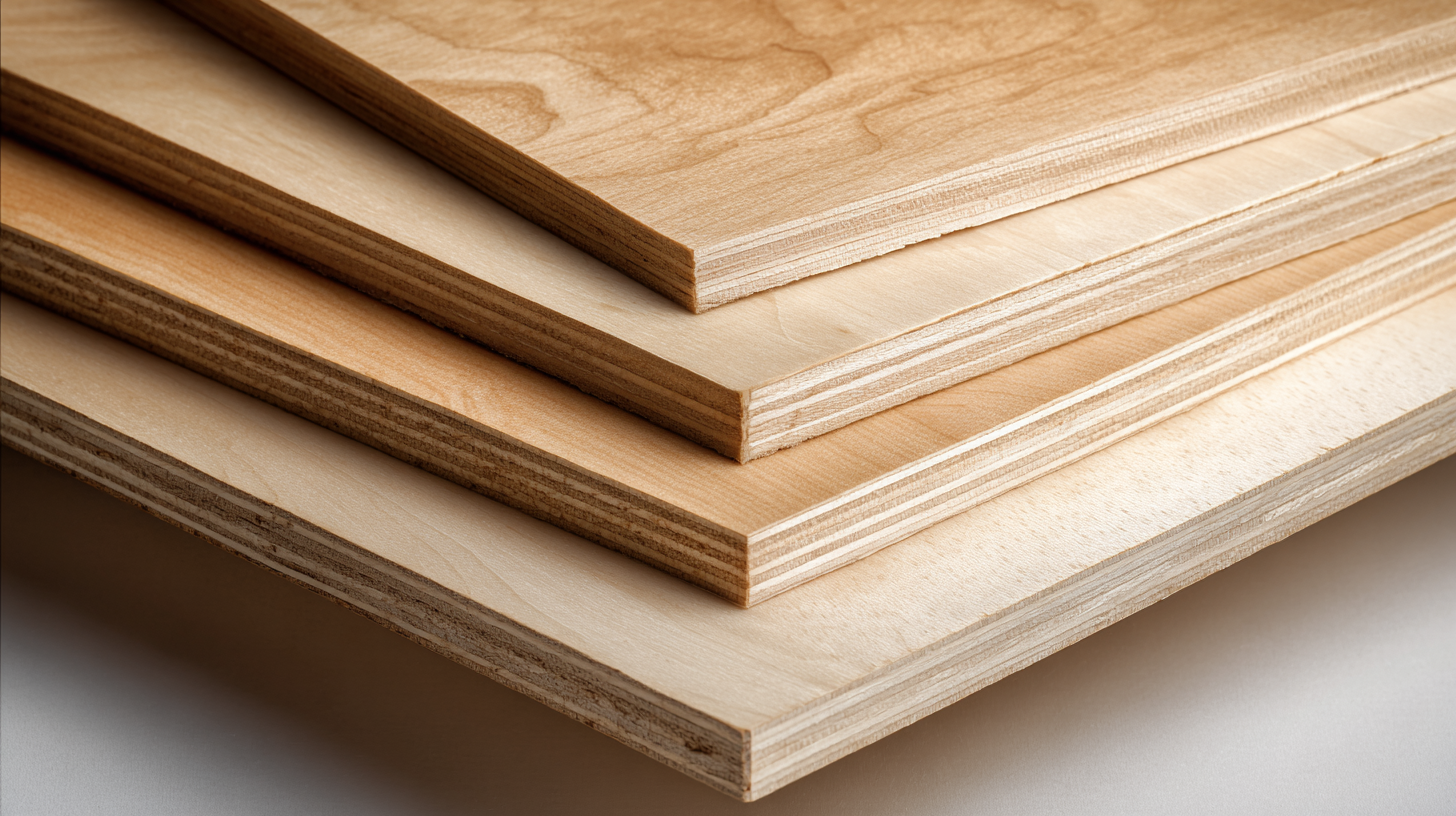
When selecting the best maple plywood for strength and longevity, there are several key considerations to keep in mind.
First, it’s essential to assess the plywood’s grade. Higher grades, such as A or B, offer fewer defects and better appearance, which often correlates with greater strength.
According to the American Plywood Association (APA), high-quality maple plywood exhibits excellent load-bearing capabilities, making it ideal for applications where strength is crucial, such as cabinetry and furniture construction.
Next, consider the thickness of the plywood. Thicker boards generally provide better durability and resistance to bending under stress.
A report from Wood Magazine indicates that 3/4-inch thick maple plywood has a higher strength-to-weight ratio, making it suitable for structural applications.
Additionally, pay attention to the type of adhesives used in the plywood construction, as some adhesives can affect the overall structural integrity and longevity.
Opting for high-quality, moisture-resistant adhesives can enhance the plywood's durability, especially in environments subject to humidity.
By focusing on these considerations, you can choose maple plywood that not only meets aesthetic needs but also withstands the test of time.
When selecting maple plywood for its strength and durability, it's crucial to understand the impact of its grading on your project outcomes. There are three main grades of maple plywood: A, B, and C. Grade A plywood is the highest quality, featuring a smooth surface free of imperfections, making it ideal for furniture and cabinetry. Grade B plywood has minor imperfections that are still suitable for visible projects but may require some sanding. Grade C plywood, while more affordable, is often used for hidden structures or where appearance is less critical.
With the global plywood market projected to reach $73 billion by 2033, driven by the demand for sustainable and durable materials, it's wise to invest in quality options for long-lasting results. This growth trend highlights the importance of choosing the right grade for your specific needs.
**Tips:**
1. Always check the grading specifications before purchasing, as it directly affects the strength and visual appeal of your project.
2. Consider your project’s exposure to moisture and wear; higher-grade plywood may provide better resilience in demanding environments.
3. When in doubt, consult with local suppliers who can provide insights into the best choices based on current market trends and demands in Canberra.
When selecting maple plywood for strength and durability, conducting a series of essential tests can help ensure that the material meets your project's requirements. One critical test is the bending strength test, which assesses the plywood's resistance to deformation when subjected to force. Another important evaluation is the tensile strength test, measuring how well the plywood can withstand pulling forces without tearing. These tests provide insight into the structural integrity of the plywood.
In addition to strength tests, it’s vital to consider shear strength tests, which evaluate the plywood's ability to withstand forces that cause sliding between its layers. The impact resistance test is another crucial measure, as it determines how well the plywood can endure sudden shocks or impacts. Lastly, moisture content tests allow you to gauge the plywood's susceptibility to warping and deterioration. By conducting these tests, you can confidently choose high-quality maple plywood that will deliver the durability and strength needed for your projects.
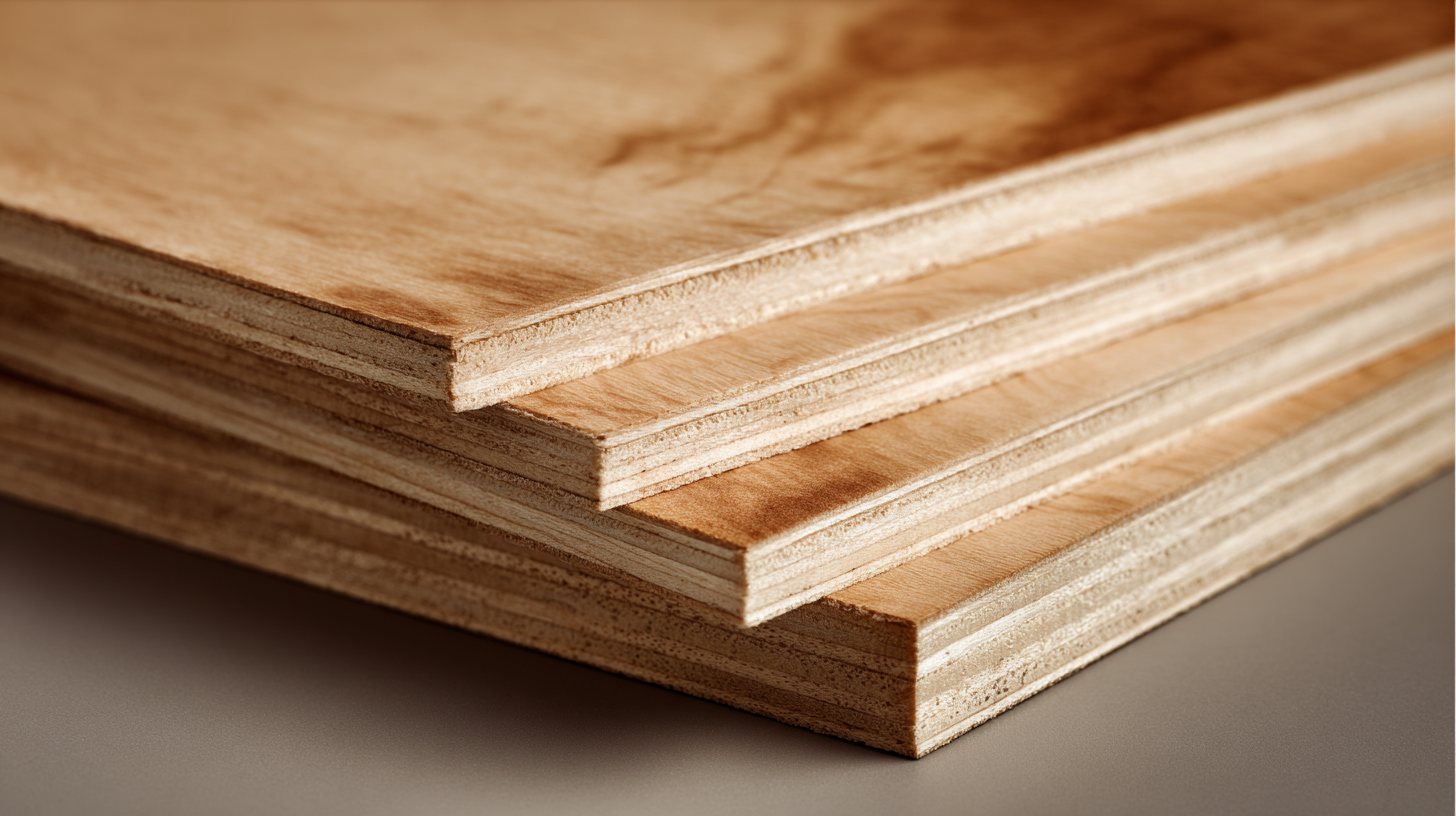
When selecting the best maple plywood for your projects, it’s crucial to avoid common pitfalls that can compromise strength and durability. One common mistake is not considering the plywood’s grade. Higher-grade plywood generally contains fewer voids and defects, which enhances its structural integrity. It’s important to pay attention to the grading system, as opting for lower grades may lead to issues with warping and splintering over time.
Another frequent error is neglecting the thickness of the plywood. Thinner sheets might seem more cost-effective, but they can lack the necessary strength for heavy loads or high-traffic areas. Always assess the demands of your project and choose a thickness that will ensure durability and performance. Additionally, failing to check the moisture content can lead to future complications; using plywood that is too moist can result in expansion and warping once installed. By avoiding these mistakes, you can make a more informed decision that will ultimately lead to a stronger and more lasting outcome for your projects.
| Mistake | Description | Impact on Choice | Tip to Avoid |
|---|---|---|---|
| Not Checking the Grade | Overlooking the grade of plywood can lead to using a lower quality product. | Reduced strength and appearance issues. | Always verify the grading standard (e.g. AC, BC). |
| Ignoring Moisture Content | Failure to consider moisture content can lead to warping over time. | Compromised integrity and durability. | Check for moisture ratings and acclimate the plywood. |
| Not Considering the Application | Using general-purpose plywood for specific load-bearing applications. | Inadequate support and possible failure. | Select plywood based on specific project requirements. |
| Overlooking Finish Options | Ignoring the type of finish can affect both aesthetics and protection. | Increased susceptibility to damage. | Choose a suitable finish to enhance durability and appearance. |
When working with maple plywood, maintaining its strength and durability is essential for long-lasting projects. According to a report from the American Plywood Association, plywood can last between 25 to 50 years when properly cared for. Here are six maintenance tips to enhance the durability of your maple plywood.
Firstly, regular cleaning is crucial. Use a soft, damp cloth to wipe off dust and spills immediately, as prolonged exposure to moisture can weaken the adhesive layers in plywood.
Secondly, applying a protective finish can safeguard the surface against scratches and stains. The Hardwood Council suggests using a water-based polyurethane finish, which offers both durability and a clear gloss without yellowing over time.
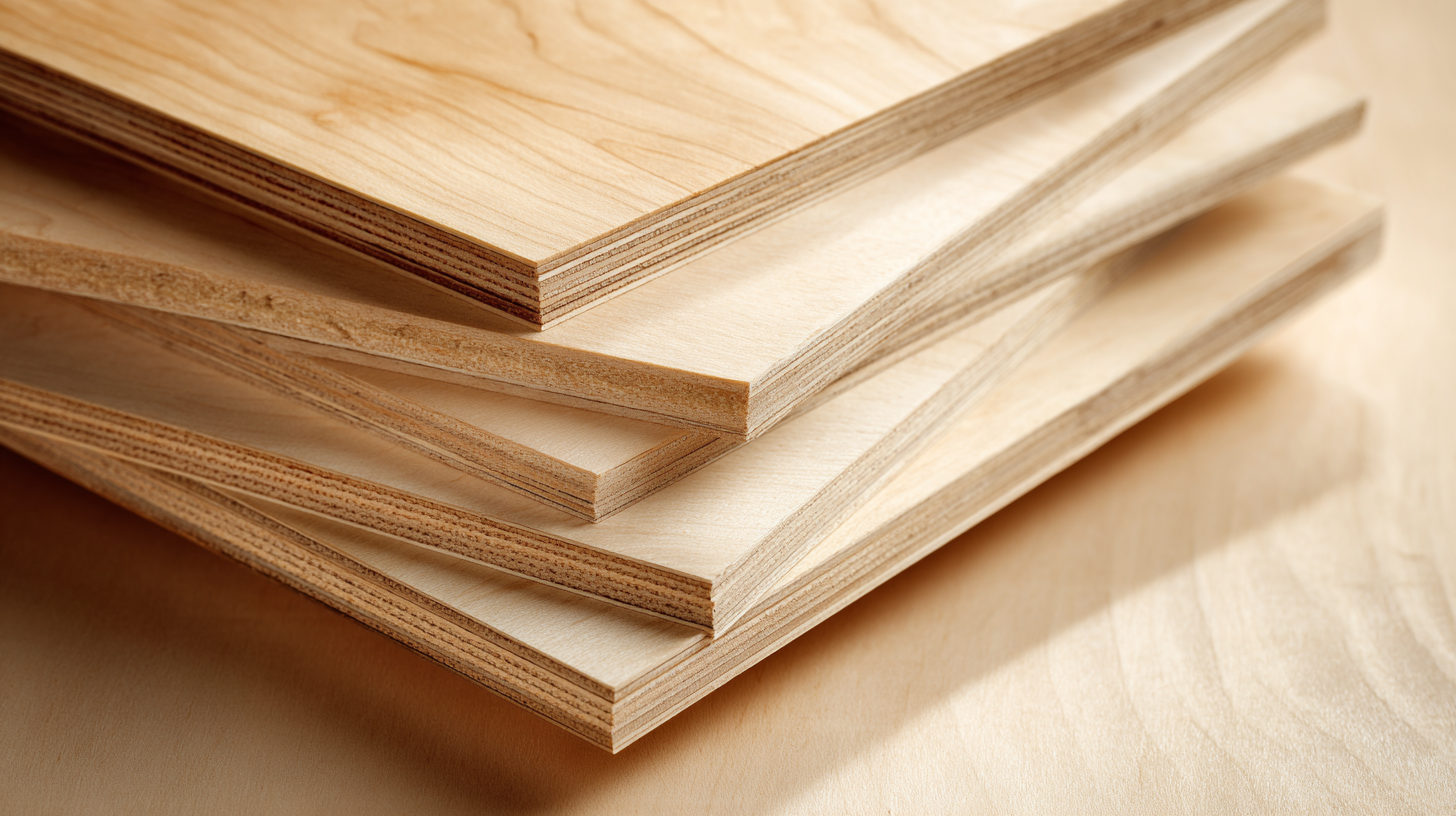
Another essential maintenance tip is to control the environment in which your maple plywood is housed. Maintaining humidity levels between 30-50% can significantly reduce the risk of warping. Furthermore, avoid placing heavy objects on your plywood surfaces for extended periods, as this can lead to deformation. Lastly, periodic inspections for signs of wear or damage will allow for early intervention, protecting your investment and ensuring your projects stand the test of time.


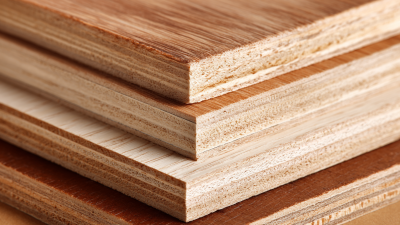
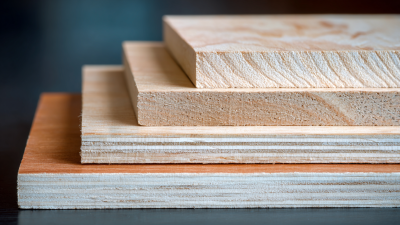

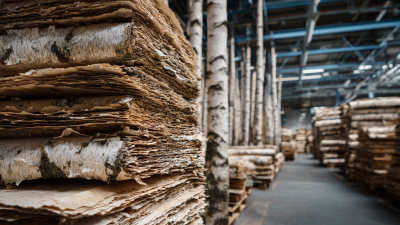

Signup our newsletter to get update information, promotion or insight.